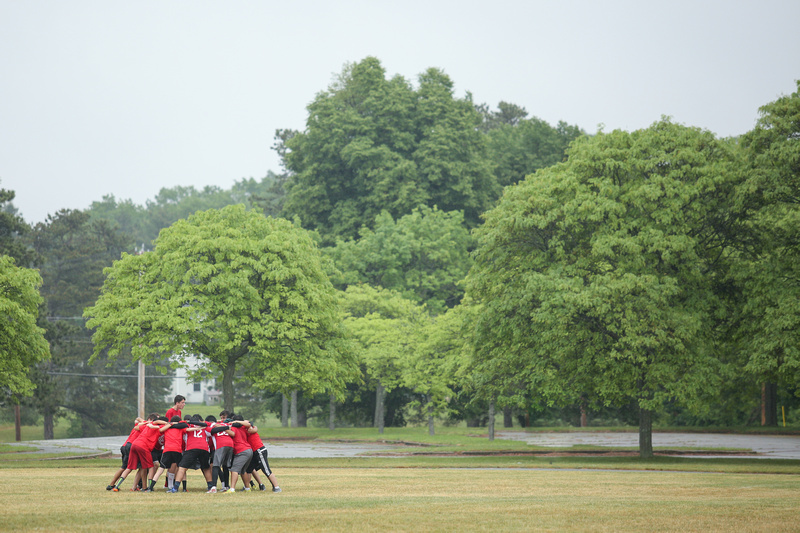[caption id=“attachment_50565” align=“aligncenter” width=“800”]
Photo: Paul Rutherford – UltiPhotos.com[/caption]You’ve probably heard it said dozens of times: ultimate is one of the fastest growing sports in the world. On the ‘About’ page for USA Ultimate, four paragraphs down, you see this: “There is a reason why the Sports & Fitness Industry Association [SFIA] continues to report ultimate as one of the fastest growing team sports in the country.”
And for a long time, that’s been true. Four years ago, when Ultiworld launched in the summer of 2012, we looked closely at that SFIA report and saw just that: explosive growth, over 26% from 2005 to 2011. There were nearly 5 million participants and 1.5 million “core” participants (those that played 13+ times during the year) in 2011.
But the sharp declines seen in participation in many team sports over the last five years appears not to have spared ultimate.
According to the 2016 SFIA participation survey, total ultimate participation is down 4.8% over the last three years. Strikingly, the number of people estimated to be core participants is down to just over one million people, a 30% drop from 2011.
One metric of obvious importance is the level of youth participation. That, too, has declined. In 2011, 361,000 core participants between the ages of 6 and 17 were estimated to play ultimate. In 2015, that number fell to 235,000, a 35% drop.
A notable change over the last five years is that women’s participation has increased as a proportion of the total playing population. In 2011, women represented just 24.6% of ultimate players; in 2015, that percentage rose to 34%. However, that growth is almost entirely due to a decline among the male playing population. In 2011, there were 1,113,000 male core participants; that has fallen to 680,000, a 39% drop. Women’s participation, in contrast, has remained essentially flat: 363,000 in 2011, 357,000 in 2015.
Indeed, it becomes clear that most of the declines in participation are coming from the male population. Among all players, male participation is down 13% and female participation is down just 1.5%. And nearly all of the decline is concentrated among core participants. The numbers of those playing casually (1-12 times per year) have remained nearly unchanged.
The drop is consistent across other demographic categories, including age, income, and education.
The SFIA is considered the gold standard for sports participation data and has been frequently cited as a source for ultimate’s growth. While ultimate’s low participation relative to the total population does make it prone to higher variance and error, the trends are clear: ultimate is not immune to the larger societal trend of decreasing team sports participation.
We will have more on this story in the coming weeks.
Data via the Sports Fitness Industry Association Participation Reports from 2011, 2012, and 2016. The reports are available for purchase.
Originally published at: https://ultiworld.com/2016/12/20/new-data-shows-ultimate-participation-shrinking-especially-among-males/

